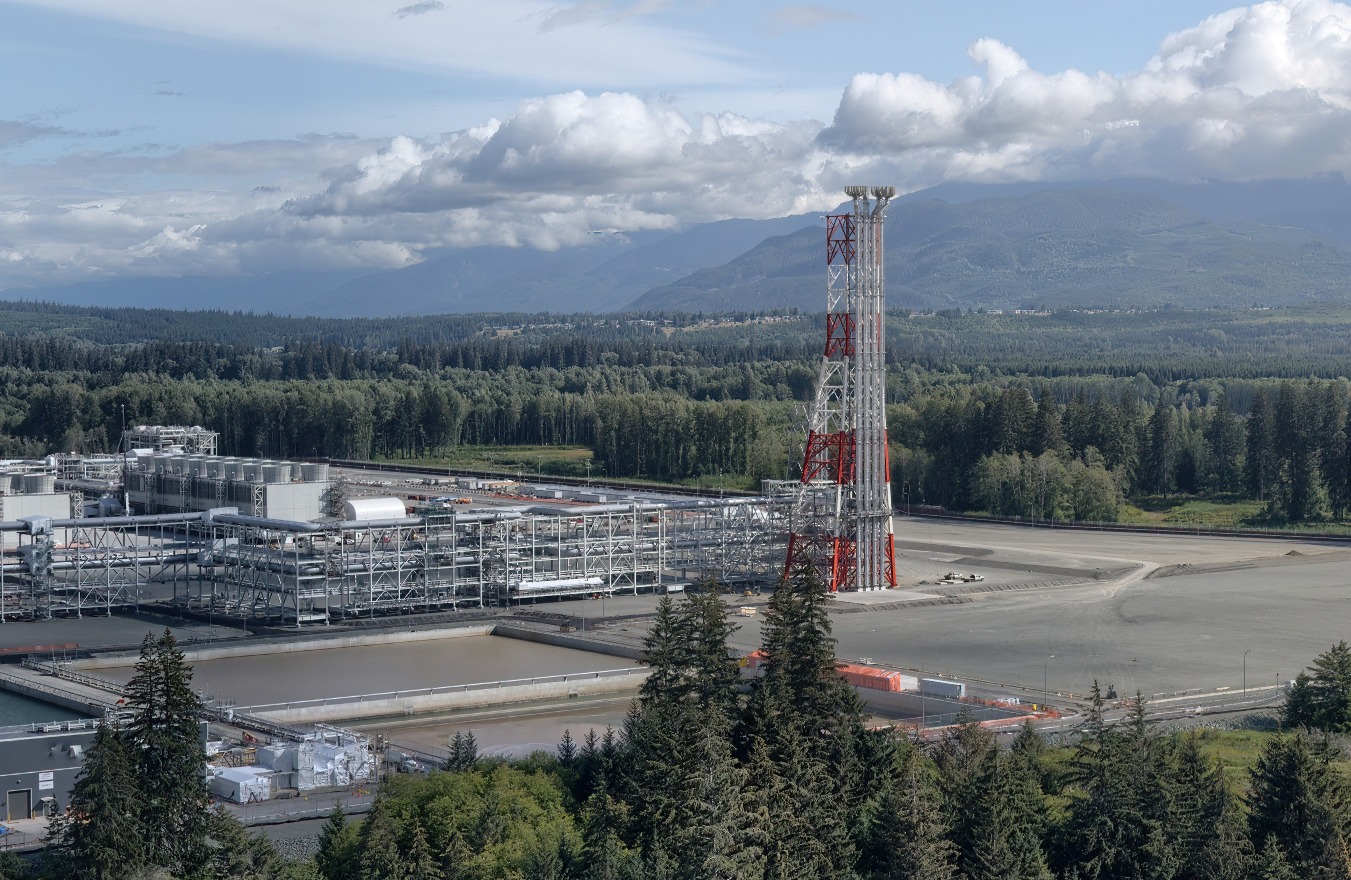This story requires a subscription
This includes a single user license.
LNG Canada previously said it would receive a cargo of refrigerants (liquefied petroleum gas) onboard the tanker Gaschem Atlantic.
The ship began its voyage on the Delaware River in Pennsylvania and traveled to B.C.’s Pacific coast via the Panama Canal.
It was anchored at the Port of Prince Rupert before arriving at the LNG Canada marine terminal.
LNG Canada said in an update on October 18 that, as part of its start-up activities that support commissioning, the community may notice an increase in flare size and duration while refrigerants from a marine vessel are unloaded and introduced to the facility.
The JV said this is a one-time planned event that will support the cooling of equipment.
“Once we are in operations and producing LNG, we will produce our own refrigerants,” LNG Canada said.
“The increase in flaring is forecasted to start on October 20th and will occur intermittently over 14-18 days,” it said.
LNG Canada anticipates the flare height to increase to about 30 meters during this intermittent period.

More than 95 percent complete
Last month, LNG Canada CEO Jason Klein said the project is over 95 percent complete.
Klein noted that LNG Canada recently introduced natural gas to the facility for the first time, from the new Coastal GasLink pipeline.
He previously said the start-up activities would take more than a year to complete.
The project “remains on track” to ship first cargoes of LNG by the middle of 2025.
Contractor JGC Fluor is constructing the first phase of the giant LNG Canada project that includes two liquefaction trains with a capacity of 14 mtpa in Kitimat, British Columbia.
Last year, TC Energy’s Coastal GasLink pipeline, which will supply natural gas to the LNG Canada terminal, was mechanically completed.
Besides operator Shell, other partners in the project include Malaysia’s Petronas, PetroChina, Japan’s Mitsubishi Corporation, and South Korea’s Kogas.
In addition to the first phase, the partners are also planning to build the second phase of the giant LNG project.
“We see opportunities to deliver even more benefits with our proposed Phase 2 expansion,” Klein said.
“We continue to work towards conditions needed for our five joint venture participants to reach a Phase 2 final investment decision,” he said.

